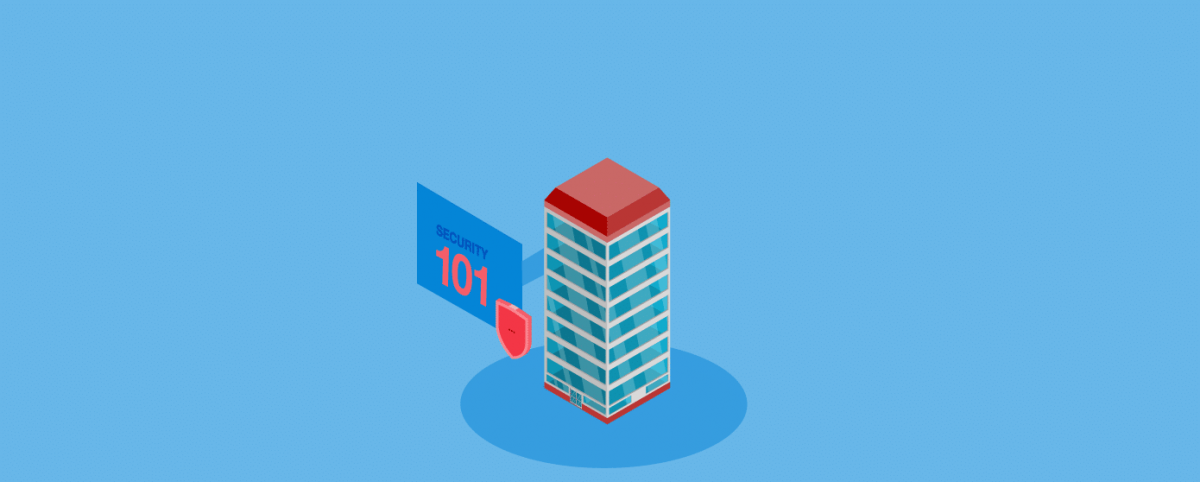10 Tips to Mitigate Your SaaS Cybersecurity Risks
Convenience. This is the key reason that businesses rely on SaaS applications. Companies worldwide were using an average number of 110 SaaS applications.
All those applications have become one of the most severe security challenges. A report states that 40% of SaaS assets are vulnerable to data leaks due to poor management.
SaaS-based apps are prone to massive threats, including ransomware, phishing, and malware. Even minor security incidents have damaging effects on your enterprise.
So, a well-planned SaaS cyber security is critical for business continuity. How do you address SaaS security risks?
10 Tips to Boost SaaS Cyber Security
1. Modern Apps Need Modern SaaS Security
SaaS adoption is showing no signs of slowing down in enterprises. The pandemic has further accelerated SaaS use. This is causing SaaS security risks to multiply exponentially. And enterprises find it hard to keep pace with SaaS security.
Traditional security defenses are failing to protect SaaS solutions effectively. Why? Because they assume that enterprises have control over endpoints and network access.
But enterprises may not have control over all endpoints. This is due to the increasing remote usage of SaaS apps.
Leverage the latest technologies like:
- Self-learning AI
- Intelligent automation
- Predictive analytics
- Cloud computing
- Behavioral and pattern analysis
They enable you to infuse speed, agility, and accuracy into security.
2. Situational Awareness
Your SaaS cyber security policies must be based on situational and contextual awareness. Leverage the help of certified experts to customize policies. It keeps your risks within your risk appetite.
3. Continuous SaaS Discovery
Today, IT initiatives are business-led. And acquiring technology is decentralized. This means users can acquire SaaS apps and integrate them into enterprise networks. Unsanctioned apps exist, completely invisible to IT. And app management becomes tricky.
So, you must have complete visibility into all SaaS apps being used. Otherwise, you will be unable to control how your networks, apps, and assets are used. That is why discovery lays the foundation for SaaS cyber security. Use intelligent automation to discover all SaaS apps within your environment continuously.
4. Ongoing SaaS Risk Management
SaaS security risks are different from traditional security risks. Further, they differ from enterprise to enterprise. That is why you need to know exactly what risks you face.
Further, this should not be a static process but an ongoing one. This is because the threat landscape is rapidly changing. So, what was a low-level risk may now become a critical one. Or new risks may appear.
Finding your risk posture is not enough, though. You need to prioritize security risks and mitigate critical ones first.
5. Detect and Mitigate Vulnerabilities
SaaS applications bring a new set of vulnerabilities, gaps, and security weaknesses. These widen the attack surface massively. You must implement an effective vulnerability management program to:
- Identify vulnerabilities before attackers do
- Prioritize them based on risks
- Remediate them using permanent or virtual patches
- Reduce your attack surface
- Harden your security posture
Use manual and automated tests to identify flaws in your SaaS apps. Deploy an intelligent WAF to secure vulnerabilities instantly.
6. Detect and Prevent Threats in Real Time
This is an important way to address SaaS security risks while adopting SaaS apps. To do so,
- Monitor all incoming traffic granularly in real-time
- Use behavioral analysis to detect and stop malicious bots and DDoS attacks
- Leverage global threat intelligence to stop known and emerging threats
- Write custom rules to stop complex threats
7. Don’t Trust, Always Verify
Implement strict role-based access controls. Users must only access the data and assets necessary to complete their tasks.
You must avoid offering unrestricted privileges to anyone. Authenticate every user, but not just with strong passwords. You must use multi-factor authentication too.
8. Data Governance Policy
Modern apps collect and generate lots of data that attract attackers to SaaS apps. Data breaches and compliance violations are costly. That is why you must build a solid data governance policy.
Define what data will be captured and how long to retain it. Make sure you only capture and save that data which is necessary. It is best to avoid storing sensitive data like credit card numbers.
You also need systems to delete data after the predefined time period. This process should be programmatic.
9. Encrypt all Data
All data, whether at rest or in transit, must be encrypted. You must encrypt using the latest versions of strong cryptographic and hashing protocols.
10. Logging and Monitoring
Logging and monitoring are essential for SaaS cyber security. They highlight all changes to sensitive data, permissions, access controls, etc. They are useful in forensic analysis when an attack or breach does happen.
The Way Forward – Choose Trusted Security Partners
You can learn cyber security best practices from your security partners like Indusface. We can improve your overall data security within your corporate walls.
Indusface has been building application security products that address these SaaS cyber security risks.
As your SaaS apps are secure with our experts, you can build trust in your product. And create an ecosystem that your customer feels comfortable using.
Stay tuned for more relevant and interesting security articles. Follow Indusface on Facebook, Twitter, and LinkedIn

 October 18, 2022
October 18, 2022




